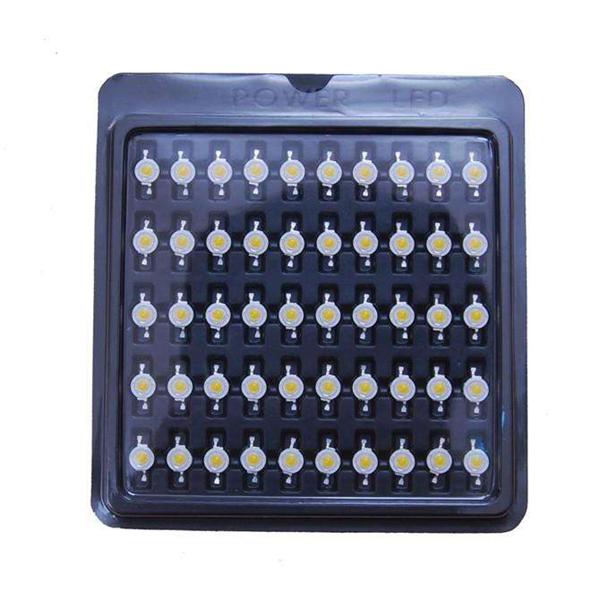Storage
In order to prevent moisture, the LED should be stored in a dry and ventilated environment, the storage temperature is -40°C – +100°C, and the relative humidity is below 85%.
It is best to use the led within 3 months in its original packaging condition to avoid rusting of the bracket.
When the LED packaging bag is opened, it should be used up as soon as possible. At this time, the storage temperature is 5℃-30℃, and the relative humidity is below 60%.
Clean
Do not use unknown chemical liquid to clean the led, because that may damage the surface of the led resin, or even cause colloidal cracks. If necessary, please immerse the led in alcohol or freon at room temperature to clean it within one minute.
Take shape
Do not form during or after welding, if necessary, forming must be done before welding.
Remember that any act of squeezing the resin may damage the gold wires inside the led.
Welding
During the welding process, do not apply any external pressure to the lamp body, otherwise cracks may appear inside the LED, which will affect the internal gold wire connection and cause quality problems.
The colloid must not be immersed in the solder.
When welding, the gap between the welding point and the lower edge of the colloid should be at least 2 mm. After the welding is completed, it is necessary to use three minutes to return the LED from the high temperature state to the normal temperature.
If you use a soldering iron to solder linearly arranged LEDs on the same PCB, do not solder two pins of the same LED at the same time.
Soldering irons of less than 30w are required for soldering.
There are two specifications for led welding, the specific parameters are as follows:
Soldering iron welding temperature: 295℃±5℃ Soldering time: within 3 seconds (only once)
Wave soldering Soldering temperature: 235℃±5℃ Soldering time: within 3 seconds
Note: Improper control of welding temperature or time may cause the deformation of the led lens or the internal open circuit of the wick, resulting in a dead lamp.
Recommended method of use
In the process of use, whether it is single use or multiple use, the dc drive current of each LED is recommended to use if in the range of 10ma-20ma.
The instantaneous pulse will destroy the fixed connection inside the LED, so the circuit must be carefully designed so that the LED will not be impacted by overvoltage (over current) when the circuit is opened and closed.
LEDs require the consistency of luminous brightness and color when using multiple LEDs. Therefore, it is necessary to fully understand the driving method and driving conditions. Under normal conditions, our company guarantees the consistency of color and brightness of the 20 ma beam.
To obtain uniform brightness and color, the same batch of LEDs should use the same current, and do not use multiple packages to avoid differences in brightness.
Please refer to the product specification for the relationship between the vf, if, iv, wl and temperature of the led.
esd (static protection)
Static electricity can cause LED function failure, it is recommended to prevent esd damage to LED.
a. Operators must wear anti-static wristbands and anti-static gloves during LED inspection and assembly.
b. Welding equipment and testing equipment, work tables, storage racks, etc. must be well grounded.
c. Use an ion fan to eliminate static electricity generated by friction during storage and assembly.
d. The material box for LEDs adopts anti-static material box, and the packaging bag adopts electrostatic bag.
The abnormal phenomena that will appear in the LED damaged by esd are:
a. Reverse leakage, the light will cause the brightness to decrease, and the light will not light in serious cases.
b. The forward voltage value becomes smaller.
c. LEDs cannot emit light when driven by low current.


